Kokedama, The Japanese Art of Gardening

Japan is the country of origin for bonsai, and it is an old, method in gardening. In bonsai a plant is grown so compact and tightly, then when it removed from its shallow base, the plant holds its well-grown roots and soil-forming a compact ball. Kokedama is a style of Japanese Bonsai where you take the plant and instead of putting it in a pot.
Remove the pant from the pot and tease the roots apart, shaking off the soil. Use a hose to wash the roots off. Thick-rootedIn a bucket or bowl, mix bonsai soil, and peat moss in equal parts. Mix until everything is incorporated and there are no lumps or clods. Slowly add water and clay, mixing well with your hands between each addition, until the soil mixture is a thick paste. plants can tolerate having all the soil removed; thin, fibrous-rooted plants may fare better if a little soil remains. Try to get the root ball as small as possible
In a bucket or bowl, mix bonsai soil, and peat moss in equal parts. Mix until everything is incorporated and there are no lumps or clods. Slowly add water and clay, mixing well with your hands between each addition, until the soil mixture is a thick paste.
Twist the peat moss ball to create two halves. Then press the sphagnum-covered root ball into one half. Put the other half of the ball over the root ball. Try to pat and squeeze together to reform a ball.
Tie the twine around the moss-covered ball. Wrap the longer end of the twine around & around the moss-covered ball to secure the moss, pulling tight as desired to help shape the ball. When you’re satisfied the moss is secure, tie off the loose end to a crossing wrapped piece.
Enjoyed the project?
Resources for this project:
See all materials





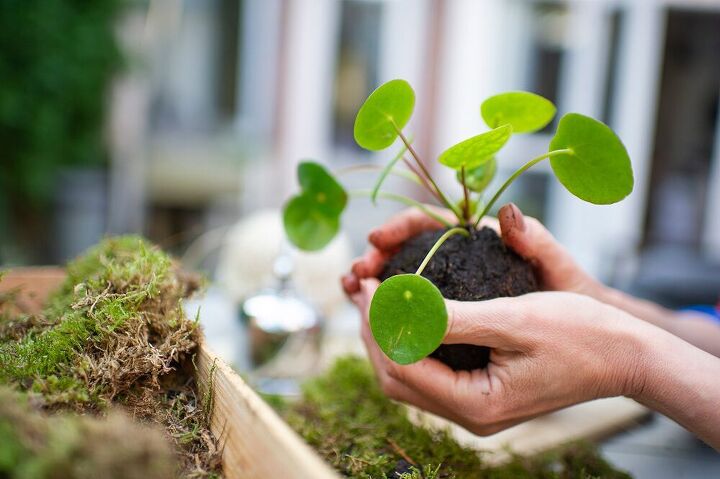






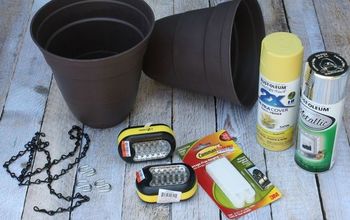





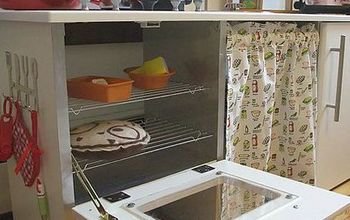
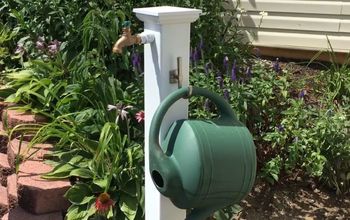

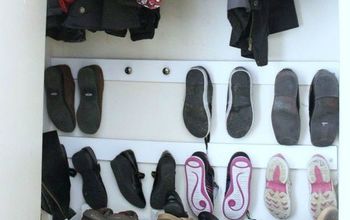







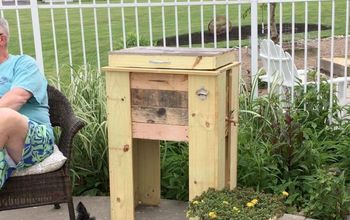
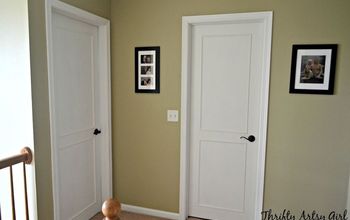
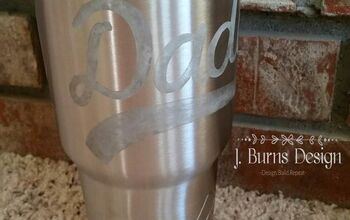
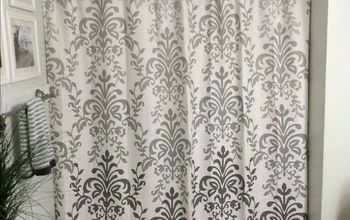

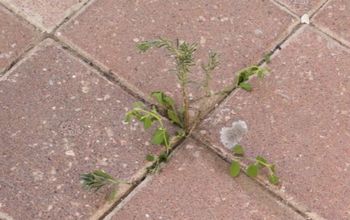
Frequently asked questions
Have a question about this project?